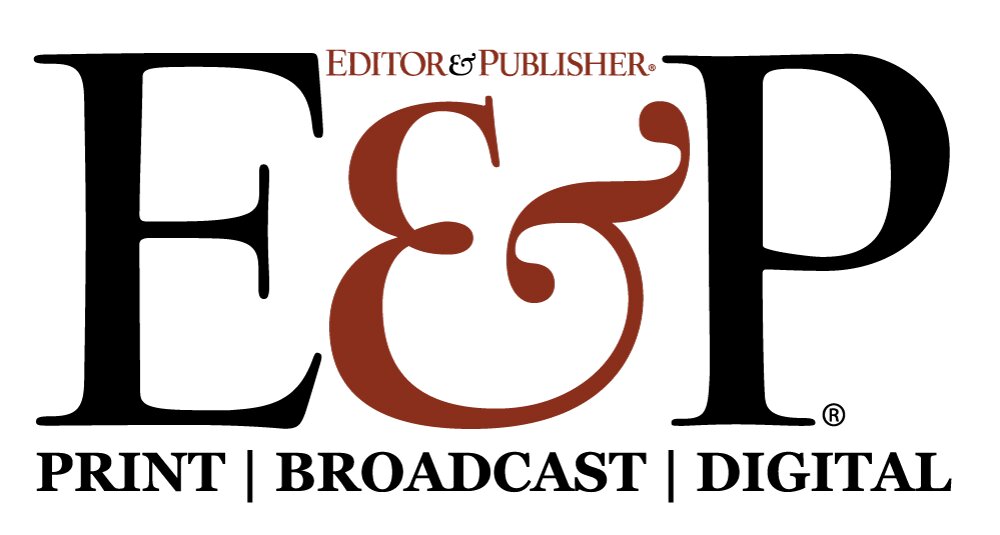|
When 24-year-old Olivia Comas needs a news fix, she goes to Twitter to find the latest headlines. Comas is ambivalent to the source, though she is well aware of the difference between legitimate and fake news sites.
“I make sure the stories are from the AP, the major dailies, the networks,” she said, but Comas doesn’t check those websites first. She bypasses the website of the San Antonio Express-News , her hometown paper and the paper where she attends graduate school, the Tallahassee Democrat. “I let the news come to me,” Comas said.
She pays nothing for this information. Generation Z has grown up getting their news for free and these long-tail consumers of news have developed hard-to-break habits.
Publishers have tried for years to crack that habit by setting up partnerships to provide content to sites like Google, Facebook and Apple News. They hoped to demonstrate the value of their product and turn those passive readers into active subscribers. But it’s been a tough sell.
Subscriptions — both print and digital — have shown little gains beyond the national media outlets. Exacerbating the problems for local publishers are the shrinking advertising budgets of local businesses. Things were bad before the pandemic. Now it may be an extinction-level event for a number of outlets.
This is happening despite the public’s ravenous appetite for information about the coronavirus. As COVID-19 made its way across the country, publications enjoyed a massive surge in traffic. However, in the name of performing a public service much of their content was given away for free.
Even as consumers grow weary of daily infection counts and the country approaches an historically tense November election cycle, content aggregators remain a dominant source of information.
One communication channel has been growing in popularity, creating an opportunity for publications to take control of their traffic and stop relying on relationships with aggregators. Web push notifications provide publishers more control over audience engagement and monetization strategies. It’s a way for the news to find the consumer.
“We started using push notifications as a test,” said Mark Francescutti in an article published by BetterNews.org. The director of digital marketing operations and engagement for The Dallas Morning News said, “When we saw the results, we were shocked — in a good way. We added many more users than we expected, and then started strategizing about how to use the tool for more than just daily breaking-news alerts — and how to spread the tool beyond the newsroom’s Audience Team.”
Push notifications represent four percent of the Morning News’ overall page views and 11 percent of their returning page views. They saw thousands of digital subscriptions in the six months following push notification implementation. They drove more than three million incremental page views in the same post-launch period.
Readers who agree to receive push notifications are more likely to revisit the publication’s site than consumers only re-exposed to the publication via aggregators. They are also more likely to stay longer than the average visitor. This means increased page views and more advertising revenue for publishers.
“We have seen a remarkably positive response to push notifications from consumers,” said James Redler, director of partnerships, implementation and growth at Pushly, the leader in enhancing publisher audience engagement. “Our clients have established consumer trust from the start by deploying personalized content after they leave the site, delivering relevant information where and when convenient for subscribers. Pushly helps publishers do what has recently felt impossible - boost return visitor rates and other retention KPIs.”
According to the website BusinessofApps , 53 percent of consumers opt-in for push notifications. The website also reported when pushes include basic personalization, there is a nine percent increase in engagement. Nearly three-fourths of consumers say they will only engage with marketing content tailored to their interests, according to the website G2 . Also, the average click-through rate with web push is twice as high as email and 10 times as high as social media according to Pushly data.
“Push subscribers demonstrate loyalty to your brand from the moment they sign up,” Redler said. “This gives publishers a direct line of communication which delivers higher levels of engagement on average than commonly used email and social channels. Web push presents an opportunity to communicate with audiences even when they’re not on your site. The channel is made all the more powerful with A/B testing of messages along with segmentation based on audience demographics, content interests and geography. With increased site traffic comes additional ad revenue and subscription growth opportunities.”
Push is its own unique channel which breaks through cluttered social and search platforms to direct subscribers to the best content, empowering publishers to manage their bottom lines by continually bringing new visitors back to the site to reach business goals, whether to drive ad revenue, subscriptions, affiliate revenue or sales.
Pushly is the audience engagement solution trusted by thousands of publishers looking to expand, retain and monetize their traffic with data-driven, personalized push notifications.
|

Comments
No comments on this item Please log in to comment by clicking here